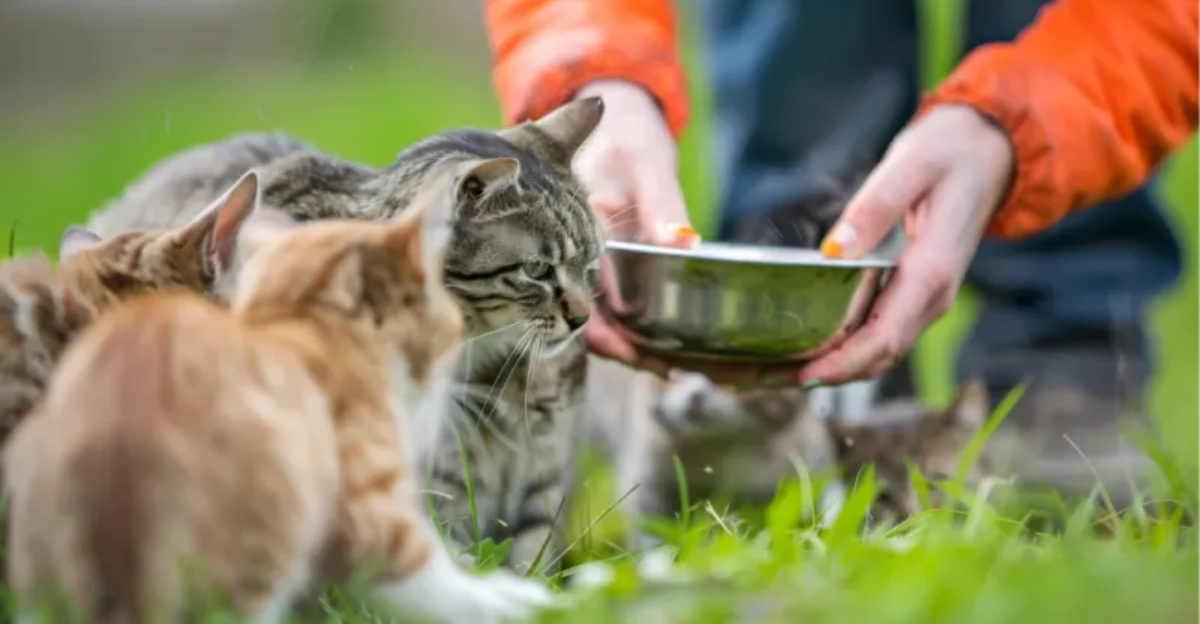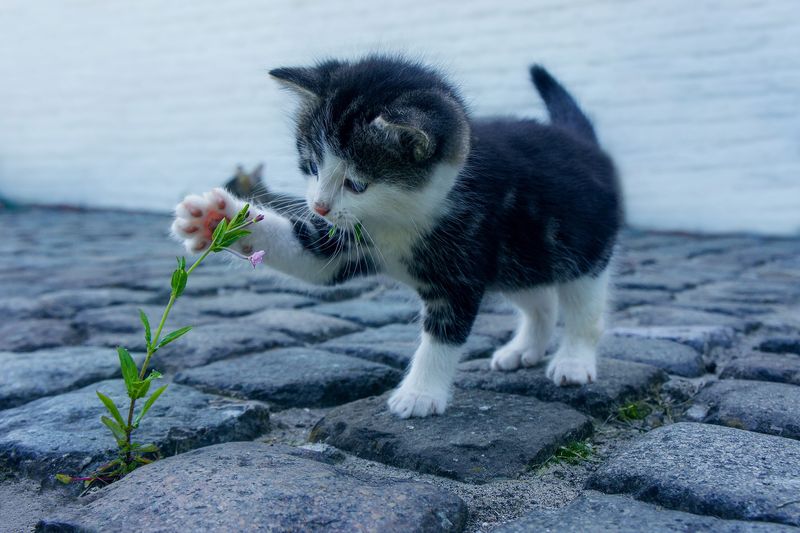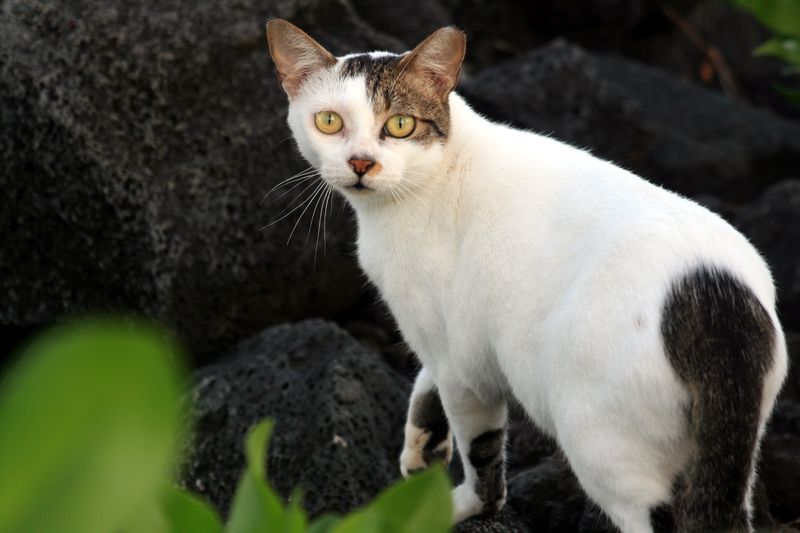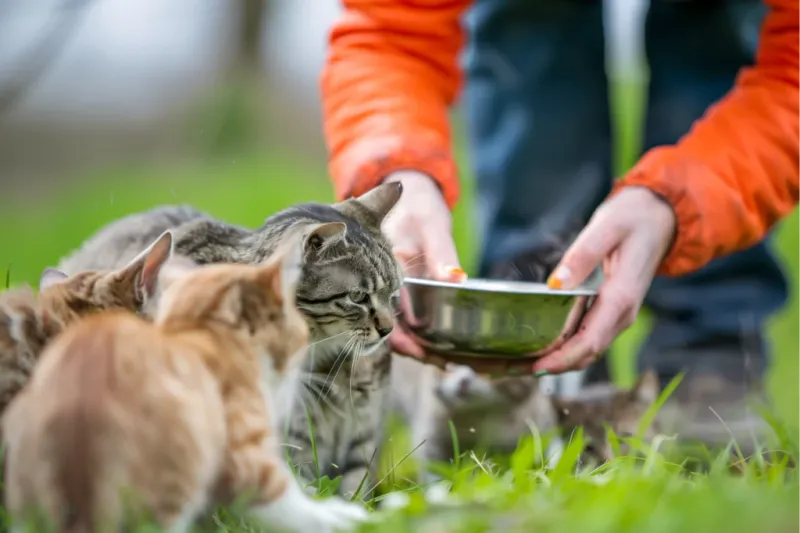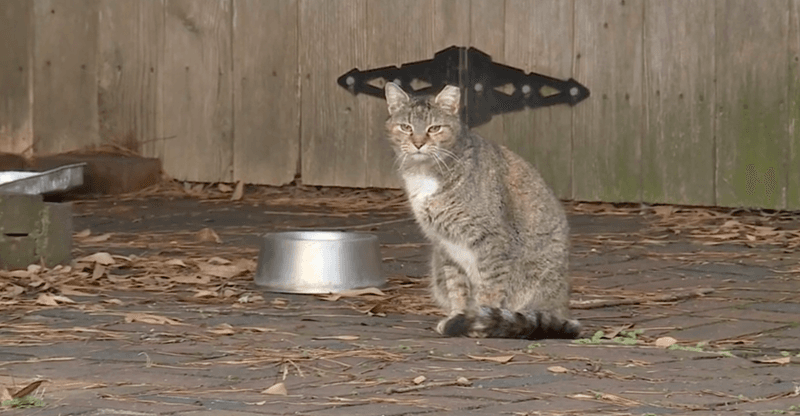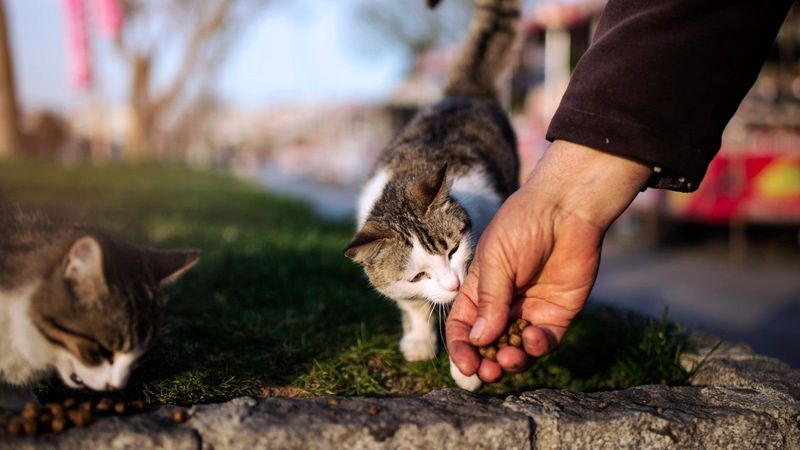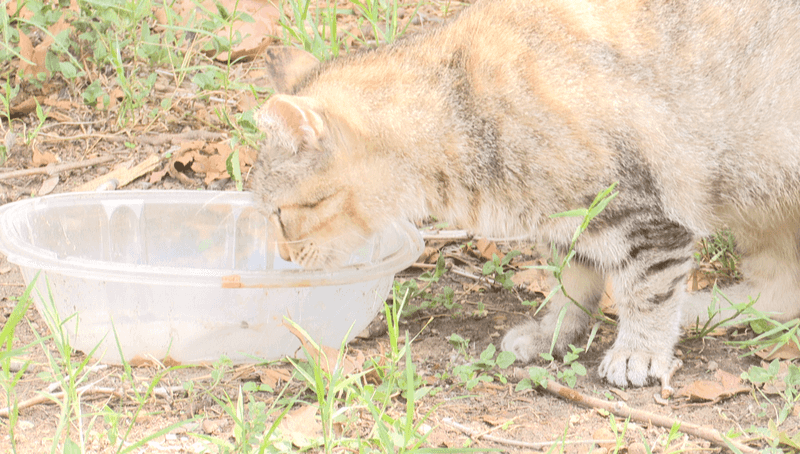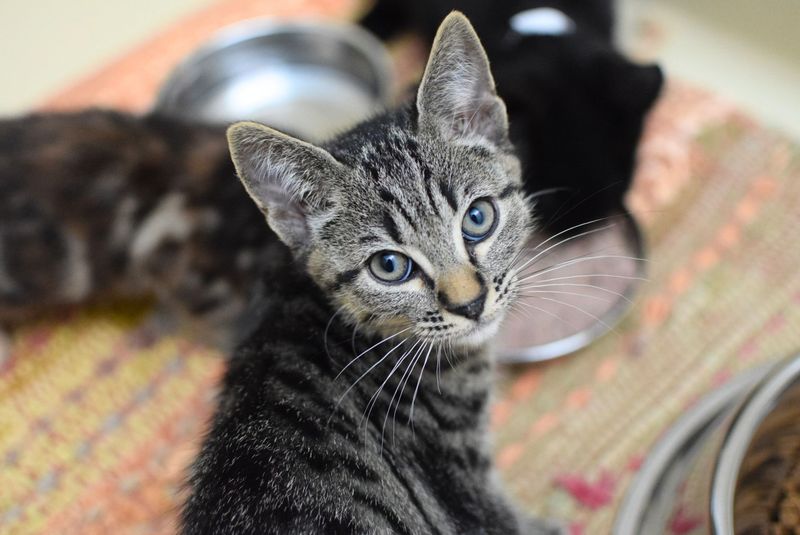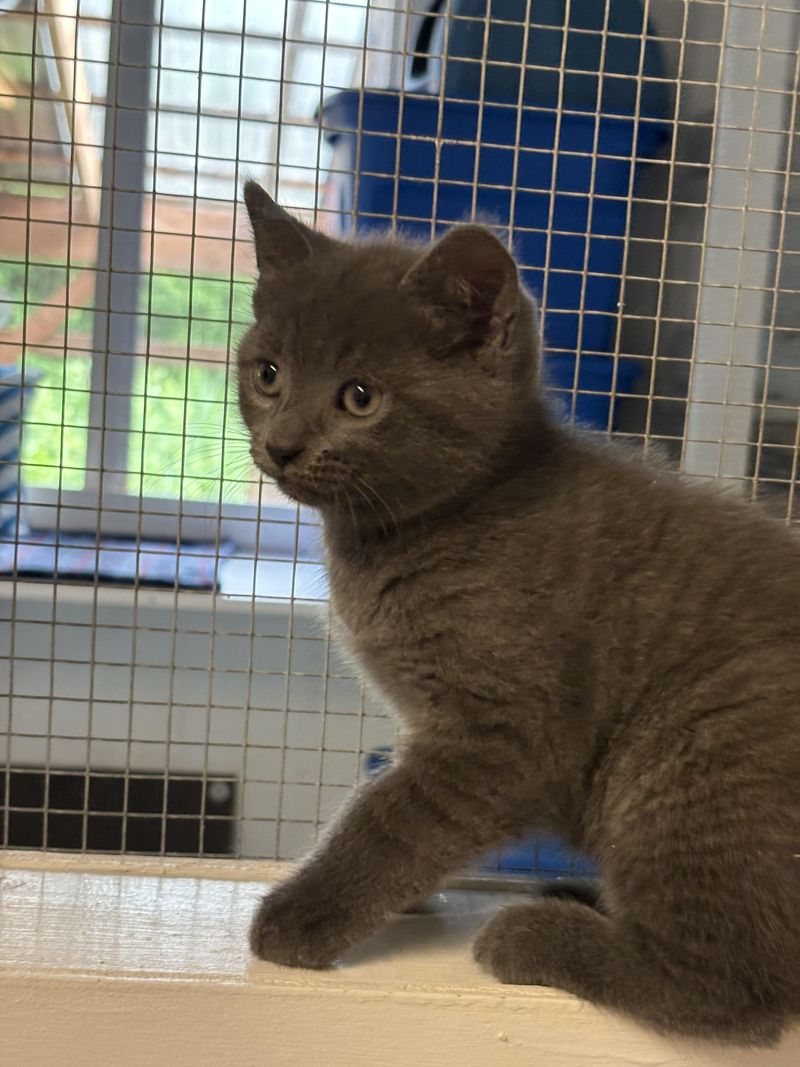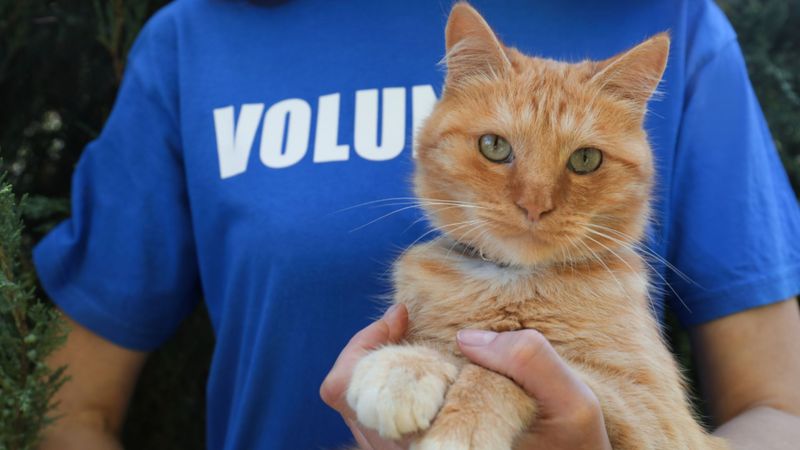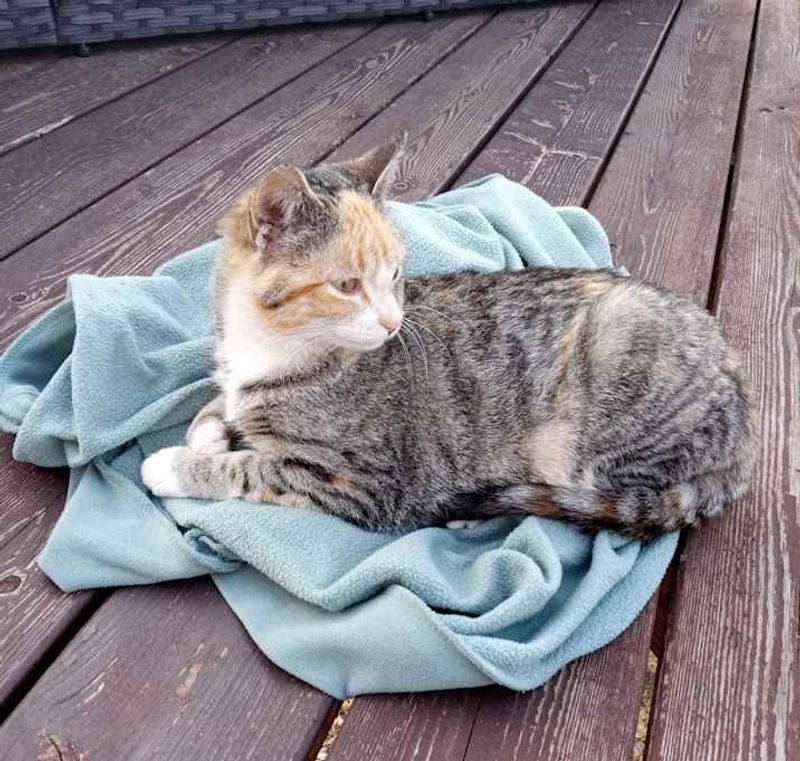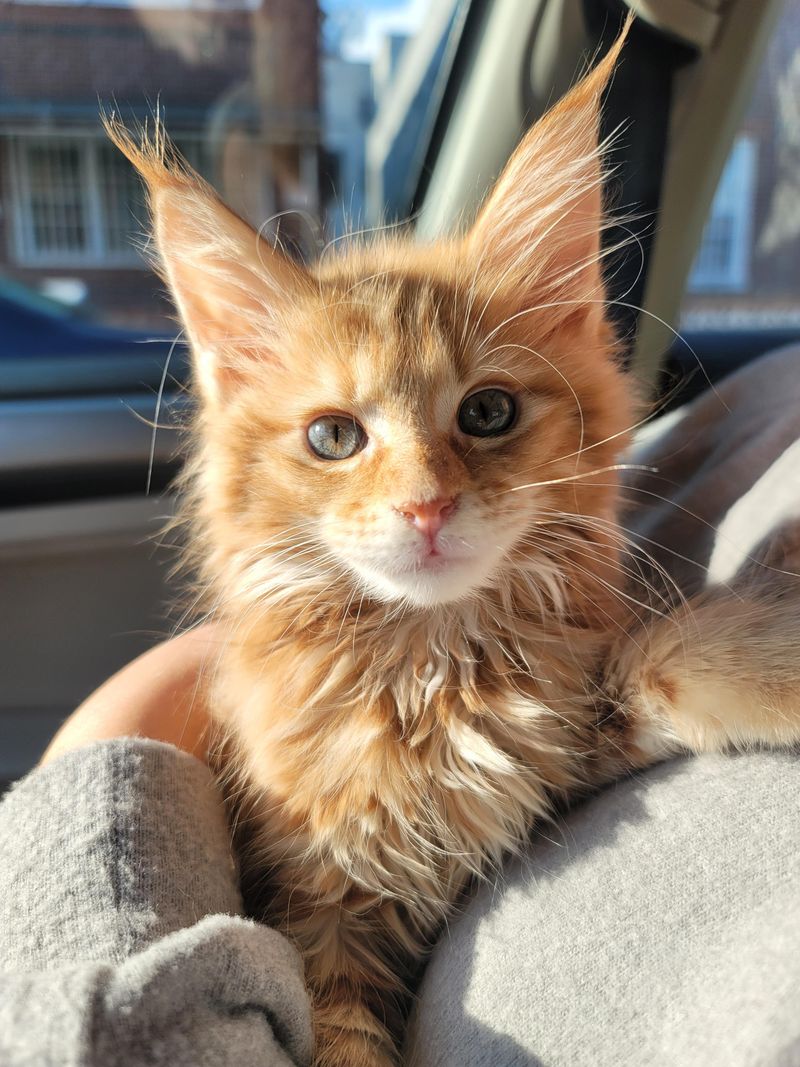📖 Table of Content:
Finding forever homes for cats varies dramatically across the United States. While some states embrace feline companions with open arms, others face challenges like overpopulation, cultural preferences, or housing restrictions that make cat adoption difficult. Understanding these regional differences helps shelters develop targeted strategies and assists potential pet parents in knowing where their adoption can make the biggest impact. Let’s explore which states present the toughest environments for homeless cats and which ones roll out the welcome mat.
1. Ohio
Ohio shelters face overwhelming cat populations, especially during kitten season when facilities reach critical capacity. Rural areas particularly struggle with limited resources and staff to handle the influx.
The state’s industrial history has created numerous abandoned spaces where feral colonies thrive and multiply rapidly. Many shelters report euthanasia rates climbing during peak surrender months.
Economic challenges in certain regions mean fewer families can afford pet care, leading to higher surrender rates. Despite dedicated volunteer networks, the math remains difficult—too many cats, too few homes, and stretched resources make Ohio a challenging place for homeless felines.
2. Alabama
Without easy access to spay/neuter services, many rural counties in Alabama face a surge in cat populations. The state’s rural layout makes effective population control especially challenging.
The state’s limited shelter infrastructure means cats often face longer waits for adoption. Some rural communities have no dedicated animal shelters at all, relying instead on foster networks operating beyond capacity.
Traditional attitudes about outdoor cats being “working animals” rather than pets persist in some communities. This cultural view, combined with lower adoption rates and higher surrender numbers during economic downturns, creates a perfect storm for cat homelessness across the state.
3. Kentucky
With limited access to affordable sterilization services, Kentucky battles one of the nation’s highest euthanasia rates for shelter cats. Rural distance and economic hardship contribute to the crisis.
The state’s animal protection laws rank among the weakest nationally, offering little legal protection for abandoned or mistreated cats. Many counties operate with minimal shelter funding, forcing difficult decisions during peak intake seasons.
Transportation challenges in mountainous regions mean fewer adoption events and limited access to veterinary care. Rescue groups work tirelessly but face an uphill battle against cultural attitudes that view cats primarily as barn animals rather than family companions.
4. Louisiana
With a warm climate that supports nonstop breeding, Louisiana faces never-ending kitten seasons. Coupled with hurricanes and floods that displace cats by the thousands, the state’s shelters and rescues are under constant strain.
Urban areas like New Orleans face unique challenges with dense feral populations living among historic buildings, where trap-neuter-return programs struggle to keep pace. Many parishes operate with minimal animal control funding.
Cultural attitudes in some communities still view cats as outdoor-only animals that should fend for themselves. High poverty rates in certain regions mean fewer families can afford pet deposits or veterinary care, creating barriers to adoption even when people want to help.
5. New Mexico
Feral cats thrive across New Mexico’s remote landscapes, where monitoring and control are difficult. Poverty across the state adds to the challenge, limiting resources for shelters and would-be adopters.
Extreme weather conditions from scorching summers to freezing high-desert nights are particularly hard on homeless cats. Many shelters operate at capacity year-round, with limited staff covering enormous geographic areas.
Cultural differences regarding pet ownership exist among the state’s diverse communities. Some traditional rural households view cats exclusively as outdoor pest control rather than indoor companions. These factors combine with limited access to affordable veterinary care to create significant challenges for cats seeking homes.
6. Mississippi
Homeless cats in Mississippi face steep odds. The state’s persistent poverty leaves shelters underfunded and many residents unable to take on the cost of pet ownership.
Rural communities often have no animal control services whatsoever. Cats in these areas rely entirely on volunteer rescue groups that operate on shoestring budgets and cover enormous territories.
The warm southern climate allows for year-round breeding, creating constant population pressure. Many areas lack affordable spay/neuter options, and cultural attitudes often view cats as self-sufficient outdoor animals. These combined factors make Mississippi particularly challenging for cats seeking permanent homes.
7. Arkansas
Arkansas shelters struggle with some of the highest intake-to-adoption ratios in the country. The predominantly rural state has limited access to affordable veterinary care, creating barriers to responsible pet ownership.
Many counties operate with minimal or no animal control services. Cats in these areas depend entirely on overextended volunteer networks and foster homes.
The state’s economic challenges mean fewer resources for shelters and rescue organizations. Cultural attitudes in some communities still consider cats primarily as barn animals rather than family pets. These factors, combined with year-round breeding weather, create a constant surplus of cats competing for limited homes across Arkansas.
1. Washington
Thanks to progressive policies and public enthusiasm, Washington has become one of the best places in the country to adopt a cat. Seattle leads the way, with high adoption rates and rental listings that proudly welcome feline companions.
The state’s robust network of no-kill shelters and rescue organizations creates multiple pathways to adoption. Many employers even offer pet adoption benefits as part of their compensation packages.
Washington’s tech industry attracts young professionals who often prefer cats as companions that match their busy lifestyles. Community cat cafés throughout the state have normalized adoption while providing socialization opportunities. These factors combine to create an environment where cats regularly find loving homes.
2. Oregon
With progressive animal protections in place, Oregon provides a nurturing space for homeless cats, supported by active adoption centers and foster communities, particularly near Portland.
Many communities have implemented successful trap-neuter-return programs that humanely manage feral populations while focusing adoption efforts on socialized cats and kittens. Local businesses frequently partner with shelters for adoption events.
Oregon’s culture embraces pet ownership as part of a balanced lifestyle. Even rental properties often accommodate cats, recognizing their popularity among residents. The state’s veterinary schools provide affordable care options, making cat ownership accessible to more households and creating one of the nation’s most cat-friendly environments.
3. Vermont
Vermont’s strong community values extend to cat welfare, with impressive adoption rates across the state. Despite harsh winters, Vermonters embrace indoor cats as perfect companions for cozy evenings by the woodstove.
The state’s small population and tight-knit communities create effective networks for rehoming cats in need. Many towns maintain community-supported shelter systems with strong volunteer participation.
Vermont’s progressive policies include some of the strictest animal cruelty laws nationwide, discouraging abandonment and neglect. Local veterinarians often provide sliding-scale services to ensure all cat owners can afford proper care. These factors combine with the state’s general environmental consciousness to create a supportive atmosphere for cat adoption.
4. Colorado
Cats have become beloved companions in Colorado, where outdoor-loving residents appreciate their adaptable nature. This is reinforced by a well-educated population that understands the importance of animal welfare.
Denver and Boulder boast some of the nation’s most innovative adoption programs, including hiking clubs where adoptable cats in special backpacks join potential owners on trails. Many breweries host regular “Cats on Taps” events featuring adoptable felines.
Colorado’s strong economy means more households can afford pet care, and many employers offer pet insurance as a standard benefit. The state’s numerous tech companies and remote work opportunities create flexible schedules ideal for new pet parents, making Colorado consistently cat-friendly.
5. Massachusetts
The state’s numerous colleges and universities help shape Massachusetts into a place where animal welfare and thoughtful pet ownership thrive alongside progressive policies.
Boston’s apartment culture has adapted to accommodate cats, with many buildings offering specific pet amenities. The state’s strong network of veterinary schools provides affordable care options and cutting-edge treatments.
Massachusetts shelters benefit from robust volunteer networks and corporate partnerships that fund adoption programs. The state’s relatively compact geography means even rural areas have access to resources. Historical appreciation for “working cats” in its fishing communities has evolved into genuine affection, making Massachusetts a state where cats regularly find loving homes.
6. Minnesota
Minnesota’s famous “nice” extends beautifully to cat welfare. The state’s harsh winters have created a culture that values indoor pets, with cats fitting perfectly into this lifestyle.
The Twin Cities boast exceptional adoption rates thanks to innovative programs like “Kitty Uber,” which delivers adoptable cats to interested homes for trial weekends. Many corporations headquartered here sponsor shelter initiatives or offer employee adoption benefits.
Minnesota’s strong community education programs teach responsible pet ownership from elementary school onward. Local governments frequently partner with shelters to create affordable spay/neuter initiatives. These factors, combined with the state’s general prosperity and high education levels, create an environment where cats readily find permanent homes.
7. Maine
The spirit of Maine lives in its famous Maine Coon cats—tough, independent, and perfectly suited to the state’s harsh winters and countryside lifestyle. Residents cherish their feline friends as practical partners.
The state’s shelter network benefits from strong community support and volunteer participation. Many coastal towns maintain “working cat” programs where semi-feral cats find purpose and care at local businesses.
Maine’s numerous vacation homes create seasonal adoption opportunities, with summer residents often taking cats back to urban homes. The state’s veterinary programs provide affordable care options even in remote areas. These factors combine with Maine’s general self-sufficiency culture to create numerous pathways for cats to find appropriate homes.
